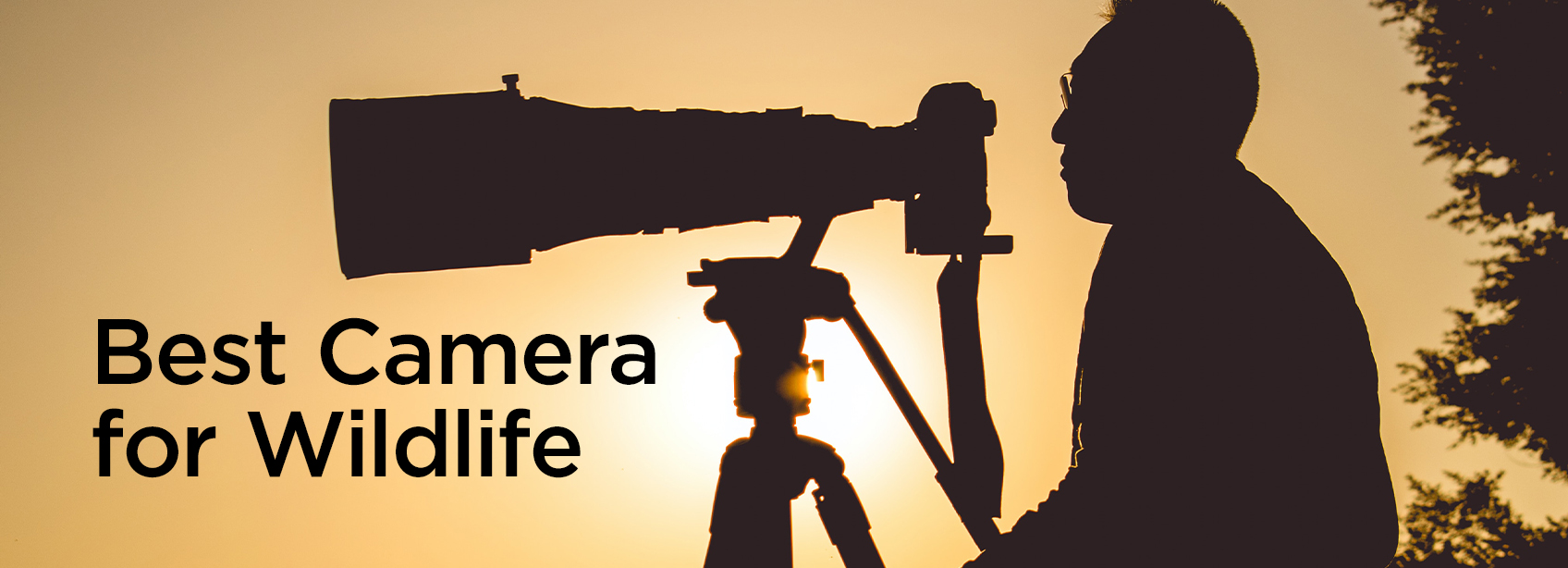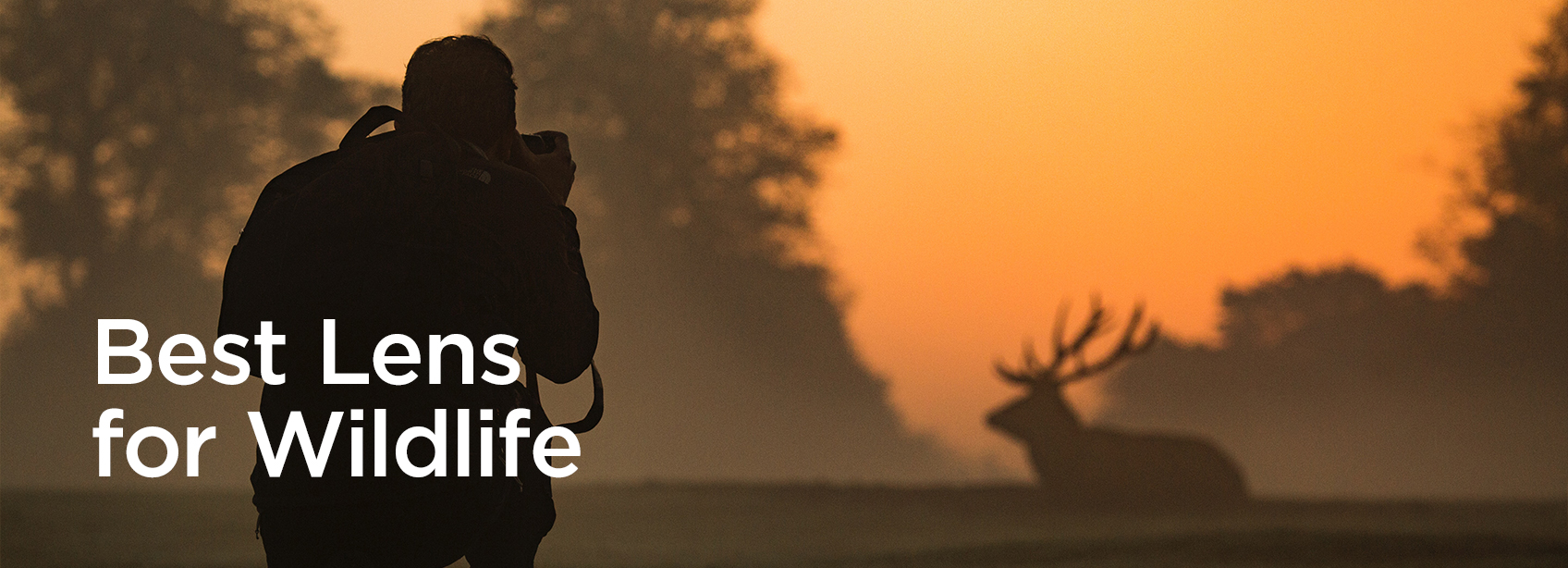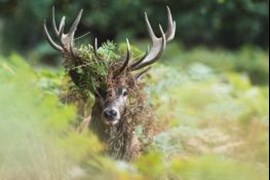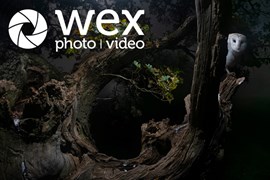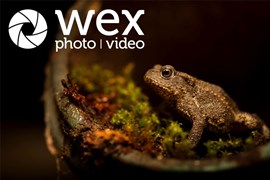
Wildlife photography requires fieldcraft, patience, and long lenses. But often, using a wildlife hide to blend in with the environment and reduce disturbance can help your photography. Hides come in all shapes and sizes and provide a close-up view of the intended subject, but effective use requires more than just sitting and waiting.
In this guide, Wex Ambassador Tom Mason will give you an introduction to different types of wildlife hides and how to use them effectively in the field.
Types of hides
Before you head out into the field, it's important to first understand the different types of hides that are available:
Canvas/Dome hides - These are tents that have been adapted for photography. They are easy to move and reposition and can be set up and put away easily. They are perfect for short- or medium-term projects and can be found in a range of sizes and styles.
Wooden hides - Many nature reserves opt for these as they are strong and long-lasting. They are often left for long periods to allow nature to become accustomed to them. If you are thinking about a long-term photographic project using a wooden hide may be the best option.
Floating hides - One specialist type of hide that photographers may often use is a floating hide. They allow a photographer to work on top of the water and slowly make their way closer to waterfowl and wading birds.
Cars - Cars offer a fantastic way to get close to wildlife. Using them as a hide, you can sit and wait in position, and get far nearer to nature than would be otherwise possible. As wildlife is often accustomed to the sight of cars they will accept them readily into their environment.
Bag hides/scrim - Bag hides and scrim netting work by disrupting the outline of the photographer, blending them in with the environment to make wildlife feel less wary. They are easy to use, fast to put up and highly adaptable.
Wildlife Watching Standard Dome Hide - C30 All Terrain Pattern

The Dome Hide is an igloo-shaped free standing portable hide made from proofed and breathable hard wearing polycotto. Aerodynamic in the wind, with no flat tops to collect water weight. They are ideal to be left out on location in the rain or snow. The Dome Hide is lightweight and compact and can be put in a rucksack or strapped to the outside of your camera bag. It is 1.3m square at base and 1.35m high at the centre, with a large front window, featuring tripod slit, side windows and central back door opening.
£269.00 View
Wildlife Watching Long and Low Dome Hide - C31.1 Realtree Xtra

The Wildlife Watching Long and Low Dome Hide is made from proofed and breathable material and there is an optional double layer ground sheet (not included), making it ideal for low level nature photography. The best materials have been used and sewn together with an industrial overlock machine to give added strength. The Wildlife Watching Long and Low Dome Hide features two front windows and high quality nylon webbing peg loops and nylon guy ropes. The supplied pegs and poles are high tensile aluminium, making them very strong, but extremely light.
£349.00 View
Positioning hides
Effective positioning of your hide is everything. Setting up a hide efficiently will result in far better images too. There are several things to take into account and all should be considered carefully before placing a hide:
Research - When embarking on a project, make sure to do your research. Find a good location where your intended subject visits often and where a hide can be positioned easily and efficiently.
Permission - Most hides will be used on private land so make sure you have the land owner's permission before setting up. Most will be happy to help and offering a few mounted/framed images in return can be a good way of repaying the favour.
Lighting - As with all photography, lighting is vital. When setting up a hide it's important to check how the light will move as the day develops. Use a compass and map to work out where the light will fall, which will help you to set up striking images.
Background - After working out the lighting and setting up where your subject will appear, take time to look at the background. Remove any distracting branches (with permission) and create a clean and distraction-free backdrop for your images. Time spent now will result in less time spent processing at the computer!
Take a break - After setting up, let the hide have time to stand before getting inside to produce some images. Wildlife takes time to become accustomed to new features in their environment so don't expect quick results! Check on the hide periodically to keep tabs on the amount of activity, and when it is regular get in position to take your images.
Persistence - Keep at it. Just because your subject didn’t turn up on the first day doesn’t mean the hide is in the wrong position. Be persistent and keep coming back. The best images take time to produce - don’t be disheartened because it didn't work the first time!
Tips and tricks
Once you are happy with the position of your hide and the activity of your subject is regular, you now can set about working on creating striking images.
Think about the wider scene - If you are, for example, working on photographing garden birds, you won’t just want them on feeders. It’s a good idea to place aesthetically pleasing branches to the sides of your feeders for more natural results. After working on these for a few days/weeks you can simply alter the setup by changing the perches to old spade handles and garden tools for a different look to your photographs.
Alter your scene - The fantastic thing with using hides is that once a subject is used to a location you can alter the feeding platforms/background of the image to produce a whole range of images in the same place. Careful planning to begin with in addition to a creative mind can produce untold numbers of new and innovative images from the same location!
Shooting on a budget - Hides are a truly brilliant way to get closer to nature, as they allow you to sit comfortably and get close to subjects that often will not tolerate you in their environment. Of course, the other huge advantage is that a purpose-built dome hide will set you back around £200, compared to the four-figure expense of a new super-telephoto lens. They are easy to assemble and can be positioned within a matter of minutes.
But of course, while a hide is an excellent way to capture images of wildlife, you may be wondering what the best cameras and lenses are for wildlife. And, for this, we have some excellent buying guides that will help you make those all-important decisions.
So what are you waiting for? Get to work on developing your own photographic hide location and with a little bit of effort, careful planning and persistence you will soon be getting closer to nature than ever before!

